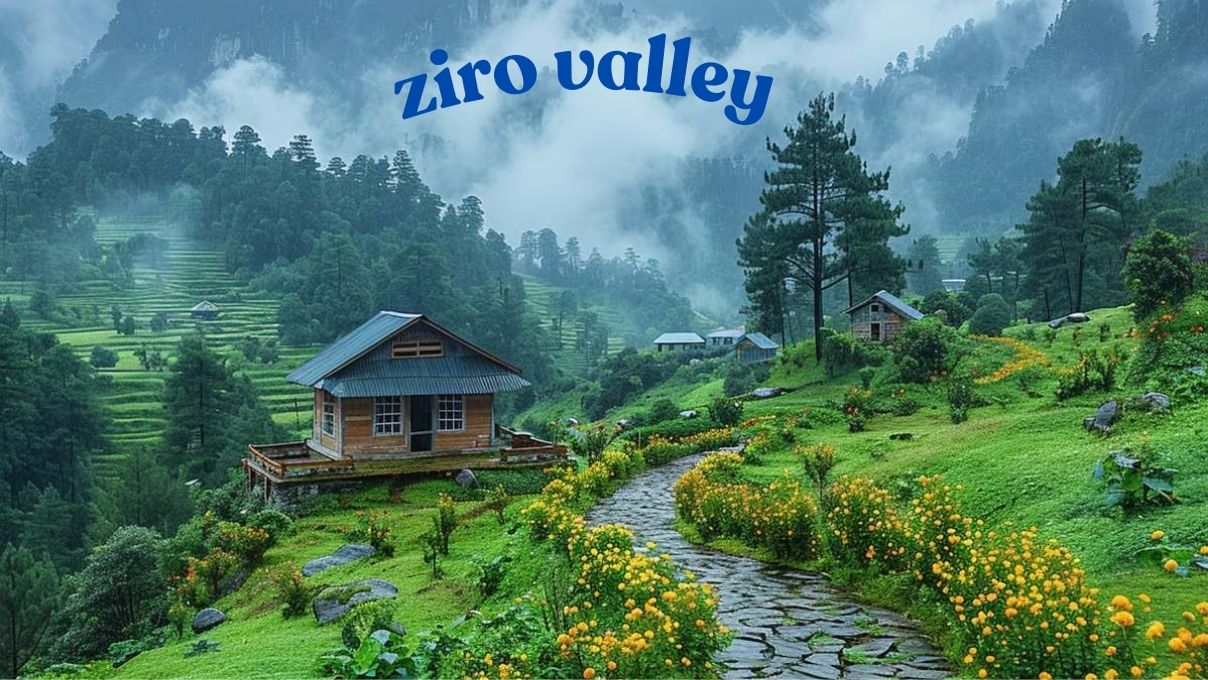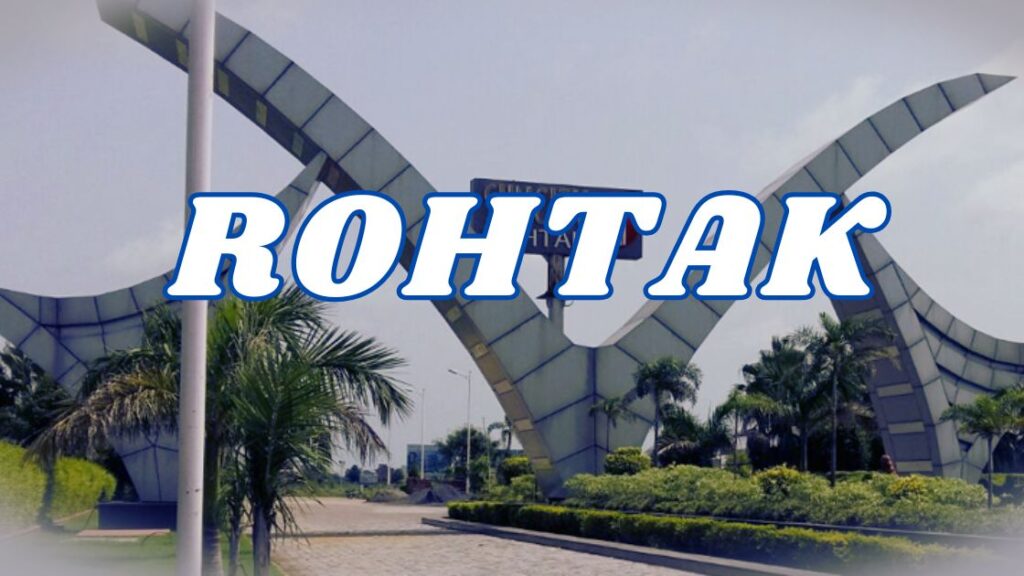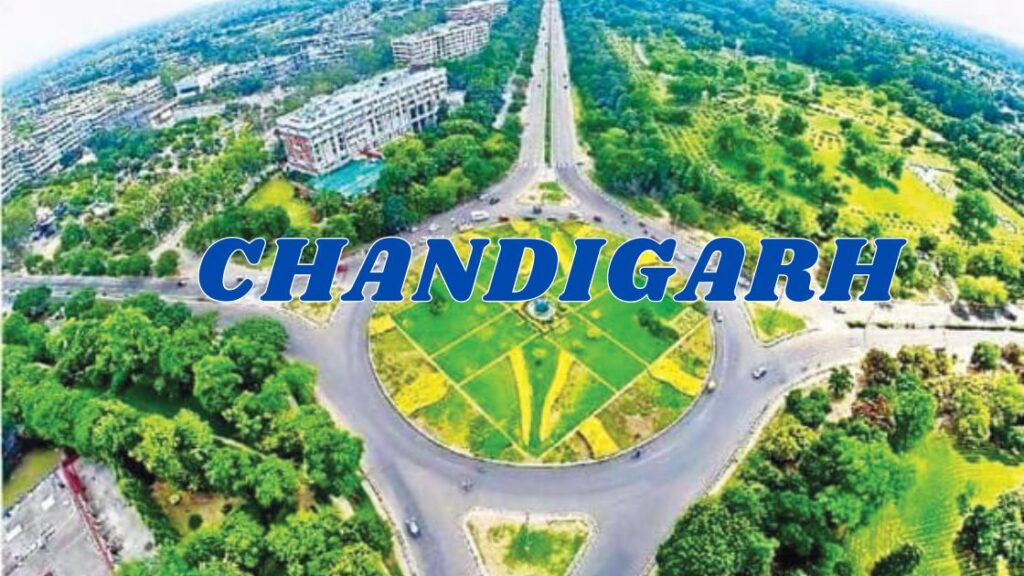Ziro, located in the Lower Subansiri district of Arunachal Pradesh, is a serene and culturally rich town serving as the district headquarters. Recognized for its unique charm and historical importance, Ziro has been included in the Tentative List of UNESCO World Heritage Sites for its Apatani cultural landscape, showcasing the harmonious relationship between the indigenous Apatani tribe and their environment.
The town’s bustling center, known as Hapoli—or Hao-Polyang in the local Apatani dialect—is the hub of administrative and economic activities. It is here that modernity converges with traditional Apatani life, making it the pulse of the region.
Strategically located, Ziro is:
- 115 km from Itanagar, the state capital.
- 112 km from North Lakhimpur, Assam.
- 96 km from Naharlagun railway station.
The town is also connected by an Air Force Advanced Landing Ground (ALG), which enhances its connectivity. Ziro’s scenic landscapes, coupled with its cultural significance, make it a key destination for heritage enthusiasts and nature lovers.
Ziro: Discover Arunachal Pradesh’s Heritage Town and Nature
Geography of Ziro: A Scenic Jewel in Arunachal Pradesh
Nestled amidst the mesmerizing landscapes of Arunachal Pradesh, Ziro serves as the district headquarters of Lower Subansiri district and is one of the state’s most historic towns. Renowned for its breathtaking scenery, unique culture, and pleasant climate, Ziro stands out as a serene and charming destination that captivates both locals and tourists alike.
Location and Topography
Ziro is geographically positioned at 27.63°N latitude and 93.83°E longitude, sitting at a range of elevations between 1,688 meters (5,538 feet) and 2,438 meters (8,000 feet) above sea level. This high-altitude setting bestows Ziro with a cool and temperate climate, making it a haven for travelers seeking refuge from the intense heat of summer in the plains. The rolling landscape, enveloped by gentle hills and valleys, offers a peaceful retreat into nature’s arms.
Natural Beauty: Pine Forests and Rice Fields
The first impression of Ziro is its picturesque environment, characterized by the pine-clad gentle hills that seem to rise like green waves across the horizon. These pine forests are not only a visual treat but also imbue the region with a fresh and invigorating atmosphere. The surrounding landscape offers countless opportunities for nature walks, trekking, and exploration, attracting nature enthusiasts and adventure seekers alike.
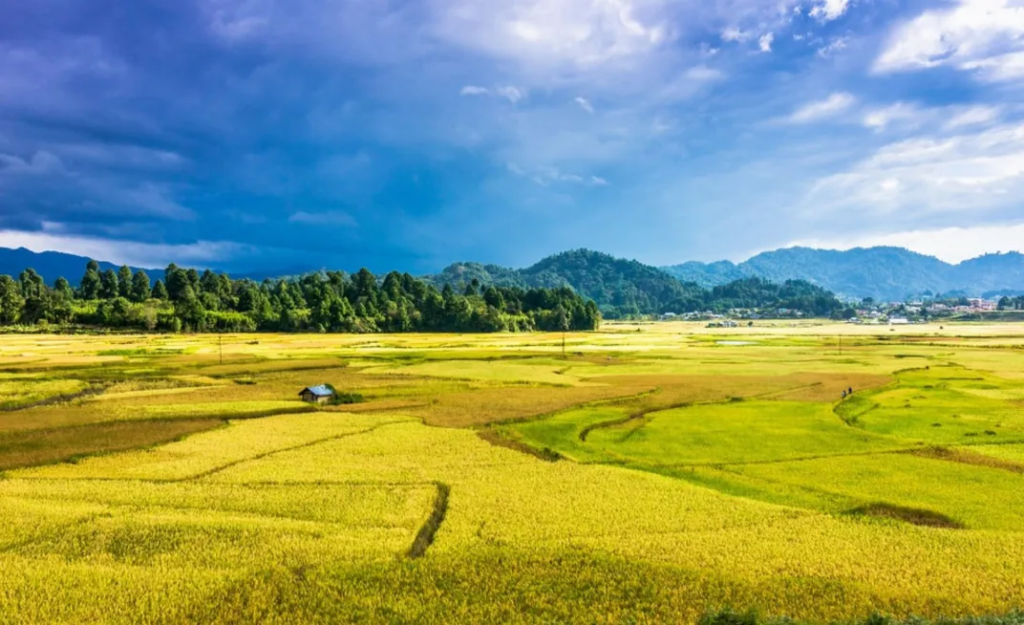
One of the most striking features of Ziro is its lush rice fields, an intricate tapestry of agriculture spread across the valleys. These fields represent not only Ziro’s natural beauty but also its cultural and agricultural heritage, particularly through the indigenous methods of farming practiced by the local Apatani tribe.
Home of the Apatani Tribe
Ziro is more than just a geographic marvel; it is a cradle of vibrant culture, being home to the Apatani tribe, one of the most prominent indigenous communities in Arunachal Pradesh. Known for their distinctive customs and sustainable farming practices, the Apatani people enrich Ziro’s cultural tapestry.
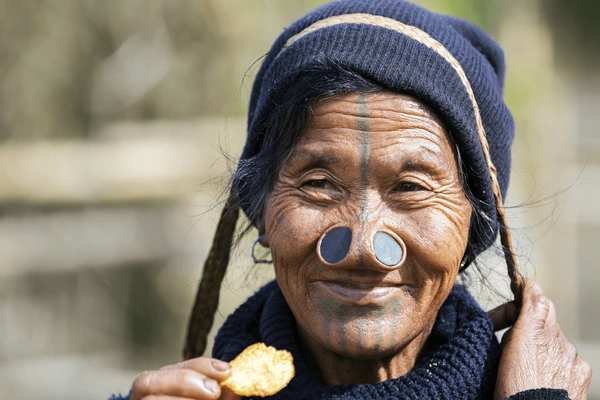
Their ingenious agricultural techniques, such as the wet-rice cultivation system practiced in the flatlands of Ziro Valley, are considered a model of ecological balance and sustainability. Additionally, the Apatanis’ social and cultural life is intertwined with their environment, as evidenced by their traditional celebrations like the Dree Festival, which revolves around prayers for agricultural prosperity and communal harmony.

Climate: An All-Season Destination
Ziro’s cool and moderate climate is one of its biggest attractions. The summer months, particularly, transform Ziro into an idyllic destination where visitors can escape the sweltering heat of the plains. The combination of high-altitude cool breezes, misty mornings, and sunshine-filled afternoons makes Ziro perfect for exploring its natural and cultural riches.
Climate of Ziro: A Blend of Diversity and Serenity
The climatic conditions of Ziro, a scenic town in Arunachal Pradesh, exhibit remarkable diversity influenced by its terrain, altitude, and geographic location. The town’s unique topography gives rise to distinct weather patterns, making it a fascinating study of how nature and environment interplay to shape life in this region.
Seasonal Variations: A Cycle of Four Seasons
Ziro experiences a year-round blend of weather, transitioning gracefully through four distinct seasons. These climatic periods profoundly impact its surroundings and the lifestyle of its residents:
- Cold Weather Season (December to February)
The winter months in Ziro are marked by a chilly embrace. December and January are the coldest months, with frost gracing the mornings and evenings. However, the crisp air and clear skies during this season provide a serene charm. - Pre-Monsoon Season (March to May)
This season witnesses frequent thunderstorms that occasionally sweep through the town, accompanied by moderate to heavy rainfall. The cloudy skies and cool breezes of spring lend a refreshing energy to the region, further accentuating the beauty of Ziro’s lush landscapes. - Southwest Monsoon (June to Mid-October)
The monsoon season dominates Ziro, saturating its landscapes with abundant rainfall. With over 70% of the annual rain concentrated in this period, this season transforms the verdant hills and rice fields into a spectacle of green. July and August are the warmest months, though the temperatures remain moderate compared to the lowlands. - Retreating Monsoon or Post-Monsoon Period (Mid-October to November)
Marking a transition phase, this period sees a reduction in rainfall and cooler winds. The skies begin to clear, offering striking views of the surrounding hillsides and preparing the town for its winter slumber.
Temperature Patterns
The foothill areas of Ziro enjoy moderate climates compared to the higher altitude regions, where winters are colder and summers pleasantly cool. During December and January, temperatures drop significantly, occasionally falling to record lows like –6.7°C (19.9°F). Conversely, the warmer months of July and August bring daytime highs averaging around 25°C (77°F).
This variability ensures that Ziro is never uncomfortably hot, making it an ideal year-round destination for those seeking moderate weather.
Rainfall and Humidity
Rainfall is an essential feature of Ziro’s climate, with annual precipitation averaging around 1,744.3 mm (68.67 inches). Interestingly, the southern parts of the district experience heavier rainfall compared to the northern areas. Rainfall is particularly significant during the monsoon season, contributing to the lush greenery and the fertile rice fields for which Ziro is famed.
Humidity levels remain consistently high throughout the year, peaking during the monsoon period and slightly receding during the winter months. The winter mornings often witness lifted fog, which disperses as the day progresses, giving way to clear skies or moderate cloudiness.
Local Climatic Effects
Ziro’s terrain plays a pivotal role in influencing its unique climatic features. Strong katabatic winds, which flow down the valleys, are a common occurrence, adding to the charm of the region’s weather. These winds, caused by the natural slope of the terrain, bring refreshing coolness to Ziro’s environment.

A Climatic Treasure
The balance of temperature, seasonal rainfall, and cool breezes makes Ziro an enchanting destination for nature lovers and adventure seekers. Its climatic stability ensures rich biodiversity and agricultural abundance, contributing significantly to the cultural and natural heritage of Lower Subansiri district.
Whether basking in its summer serenity, marveling at the monsoon’s vitality, or embracing its frosty winters, Ziro offers a climatic diversity that few places in India can match, inviting visitors to explore its unspoiled charm in every season.
Demography of Ziro: A Unique Cultural Microcosm
The demographic profile of Ziro reflects its vibrant and tightly-knit community, nestled amidst the stunning natural beauty of Lower Subansiri District in Arunachal Pradesh. According to the 2011 Indian Census, the total population of Ziro was 12,806, with a nearly equal gender distribution of 50% males and 50% females. Notably, 17% of the population consists of children under six years, emphasizing the youthful and family-oriented character of the region.
Linguistic Diversity: A Mosaic of Languages
Ziro’s linguistic tapestry is rich, with the predominance of the local Apatani language, which accounts for 63% of the population’s mother tongue. This highlights the strong cultural identity of the Apatani tribe, which forms the majority of Ziro’s inhabitants. Alongside, the town also serves as home to diverse linguistic communities, reflecting its welcoming ethos:
- Bengali is the second-most spoken language (8.62%), likely influenced by migration patterns.
- Assamese (5.87%) and Nepali (5.82%) feature prominently, indicating regional interactions.
- Bhojpuri (5.68%) and Hindi (3.08%) reflect the cultural amalgamation, typical in Indian subcontinent towns.
Minority languages, accounting for about 13.75%, illustrate the town’s openness to multicultural influences.
Cultural Essence of the Apatanis
At the heart of Ziro’s identity is the Apatani tribe, an Indigenous community celebrated for its unique practices and harmonious coexistence with nature. The tribe has preserved its heritage while evolving with modern times, making their culture an integral part of the town’s charm.
Distinctive Cultural Practices:
- Permanent Wet Paddy Cultivation: Unlike other tribes in Arunachal Pradesh, the Apatanis practice permanent wetland cultivation. Their fields are a remarkable sight, showcasing intricate agricultural systems and innovative water management, which starkly contrasts the shifting cultivation or jhum cultivation prevalent in neighboring regions.
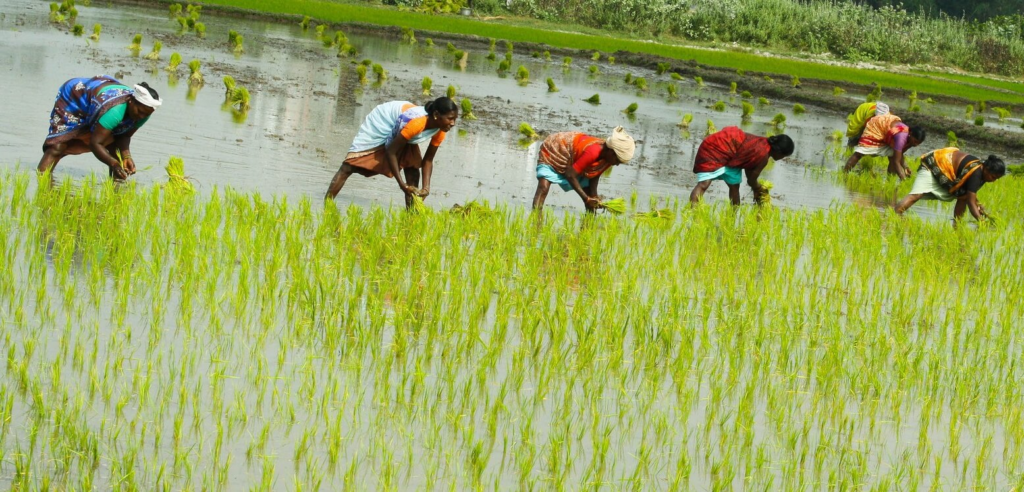
- Facial Tattoos: Although no longer practiced, the Apatanis were known for their art of facial tattooing, a tradition that once distinguished their identity. This custom symbolized their beauty and cultural pride while deterring invasions from other tribes in the past.

The tribal women of the Apatanis, particularly in villages like Hija, often wear traditional attire and carry on oral histories of their customs, making their cultural resilience a focal point of attraction in Ziro.
Harmony Between Tradition and Change
Ziro’s demographic diversity and cultural uniqueness present a harmonious blend of tradition and adaptation. The steady presence of Apatani culture, alongside an array of linguistic influences, weaves a captivating narrative of coexistence. This interplay of old and new not only enriches Ziro’s community life but also makes it a cultural treasure trove for visitors seeking a deeper understanding of India’s Indigenous cultures.
UNESCO World Heritage Cultural Sites in Ziro: Preserving Legacy Amidst Beauty
Ziro, with its captivating landscape and cultural richness, is not only a remarkable destination for tourists seeking serenity but also a potential candidate for UNESCO World Heritage status. The Apatani Cultural Landscape and Thembang Dzong, both located in the state of Arunachal Pradesh, are among the places that have been included in the Tentative List for consideration. These sites, blending cultural heritage with natural beauty, hold immense significance in preserving traditional practices and maintaining a sustainable relationship with the environment.
The Apatani Cultural Landscape, covering an area of 32 square kilometers within the 1058 square kilometers of the plateau, is home to the Apatani tribe, known for their sustainable agricultural practices. The region’s wetland paddy cultivation system stands as an exemplar of ecological sustainability, intertwining human life with nature in a balanced way. This landscape has existed for centuries, and the Apatani tribe’s commitment to environmentally friendly practices has earned recognition for their deep connection with the land.
In addition to its ecological importance, the Apatani Cultural Landscape boasts scenic beauty, with picturesque views across the valley. The Apatani people’s ingenuity in managing these land resources over generations provides a fascinating insight into sustainable agricultural practices, making it an exceptional contender for UNESCO’s recognition.
Similarly, Thembang Dzong, a fortified village belonging to the Monpa tribe, also finds a place on the tentative UNESCO list. Covering 3.2 acres, this village is an architectural wonder — a well-preserved settlement that showcases traditional construction techniques and cultural preservation. The village, situated in the West Kameng district, represents an outstanding example of fortified settlement architecture with strong cultural and strategic significance.
Both of these sites reflect the diverse heritage and cultural landscapes of Arunachal Pradesh, emphasizing a deep respect for nature and community traditions, which align with UNESCO’s values of preserving unique cultural practices and landscapes.
Education in Ziro: Growth and Expansion
Ziro’s educational infrastructure has seen tremendous improvement, serving as the educational hub for the Lower Subansiri district. The district, with its growing urban population, mainly resides in Ziro, contributing to the region’s rapid educational development. Ziro has emerged as a major educational center in Arunachal Pradesh, offering institutions that cater to various academic and professional needs.
Ziro houses one university — Indira Gandhi Technological and Medical Sciences University — which serves as an academic institution for higher education in the technical and medical sciences domains. It offers a wide range of programs, addressing the need for quality education and equipping students with practical skills for the modern workforce.

Additionally, Saint Claret College in Ziro serves as an important undergraduate institution that provides arts programs, focusing on the holistic development of students. This college is a stepping stone for many young individuals pursuing careers in arts, humanities, and social sciences.
While the 2001 census recorded a literacy rate of 66%, below the national average of 74.04%, rapid developments in the younger generation’s education sector have raised hope for improving literacy further. Male literacy was recorded at 72%, while female literacy was at 60%. This indicates a significant gender gap, which is gradually closing as educational initiatives are gaining traction.
As of the 2011 census, the urban literacy rate in Ziro reached 85.52%, reflecting notable progress in education within the town. Men and women show impressive literacy figures of 89.81% and 81.26% respectively in urban areas, which helps raise the overall educational standards in the district.
Rural Ziro, home to the majority of the district’s population, also demonstrates impressive improvements, with a rural literacy rate of 72.27%. Overall, the combined literacy rate for the district stood at 74.35%, placing it second in Arunachal Pradesh after Papumpare District, where the state’s capital Itanagar is situated.
The improvement in education in Ziro is a clear reflection of the area’s ongoing transformation and growing recognition as an educational hub in Arunachal Pradesh. With enhanced educational opportunities and more emphasis on female literacy, Ziro is poised to lead in educational development, catering to the evolving needs of its residents and future generations.

